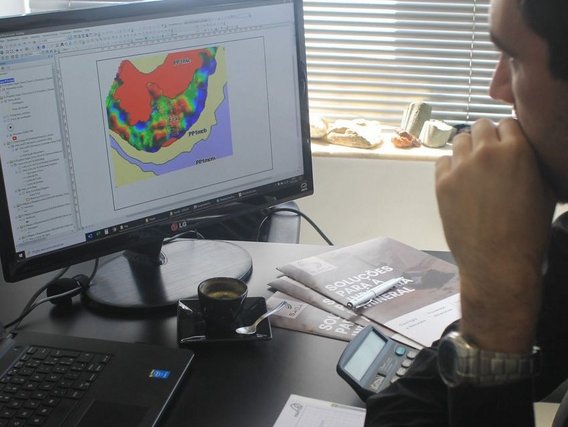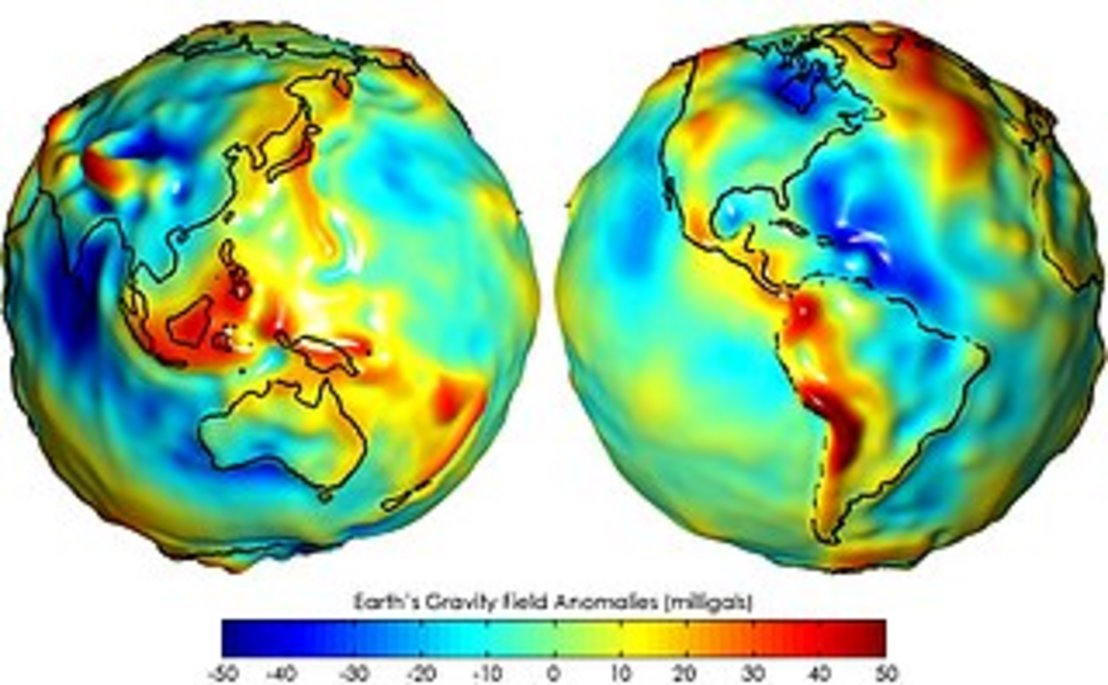Exploration geophysics investigates the first five kilometres of the earth's crust, allowing local geological conditions to be assessed through contrasts in the physical properties of materials in the subsurface. These properties can originate from lithological differentiations and other heterogeneities in the environment, whether natural or not.
Variations in physical properties are related to the concentration of economically important minerals (ore minerals) or to the structures in which these minerals are found. As the concentration of ore minerals is controlled by geological phenomena, it is possible, based on knowledge of these phenomena, to establish a prospecting strategy with the most suitable geophysical methods for detecting them.
In this context, it is possible to assertively plan essential stages during mineral exploration, such as the location of boreholes. In other phases of a mining project, these methods also make a significant contribution.
In the implementation stage of a mine and during its operation, geophysical profiling methods offer great advantages, such as determining the depths of contacts and geological structures, given the difficulty of fully recovering the rock during drilling. Assertive knowledge of the depths of contacts and geological structures has a direct impact on the study and determination of mineralised zones.


